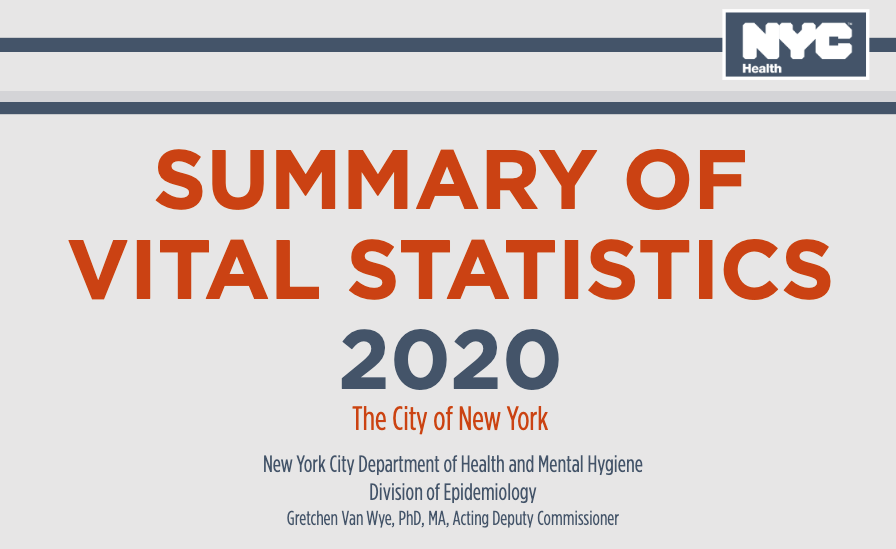If the Covid surge in the US follows the pattern of the UK and India, we’ll see cases top 200,000 in the coming weeks—but we may also see a sharp and sudden decrease soon after.
Why do explosive surges caused by Delta seem to burn out so quickly? A theory...
1/thread
Why do explosive surges caused by Delta seem to burn out so quickly? A theory...
1/thread

No one knows for sure why cases have plunged so precipitously in countries where the Delta variant has become dominant. But understanding this trend could help us gain control of the pandemic. 2/
There’s been a lot of focus on one epidemiological term: the basic reproductive number, or “Ro,” which is the average number of people infected by one case without vaccination or control measures. Delta is at least two times as infectious as other strains, with an Ro of 5-6. 3/
But there’s another parameter, “kappa,” or k, which ALSO relates to the infectiousness of a disease. Kappa tells us about the patterns of transmission: whether the disease spreads in a uniform pattern or in explosive clusters. 4/
In other words, do most infected people usually spread a disease to the same number of people? Or do only a small proportion of people do most of the spreading? Even with the original strain, it was clear that a small proportion of patients accounted for most transmission. 5/
When k is small, transmission isn’t uniform, and a large proportion of infections are linked to a relatively small number of cases via superspreading events. We don’t have a great sense of the factors that shape k or why it varies from disease to disease. 6/
We’ve learned that k for Covid is small—that is, as few as 10% of infections contribute to as much as 80% of spread, and many cases don’t infect anyone at all. 7/
Along with Dr. Christopher Lee, I wrote about the importance of superspreading to Covid in March 2020 as the pandemic unfolded, and about why identifying and interrupting superspreader events should be a priority in disease control. bit.ly/37BY35X 8/
This is different from flu, which appears to be more homogeneous in its transmission. Superspreading is quite important to the epidemiology of Covid, but not, as far as we know now, to flu. 9/
The extent to which superspreading contributes to spread likely influences the shape of Covid epi curves. If superspreading is a significant driver of spread, the increase may be quite steep. And if superspreading is interrupted, the decrease may also be quite steep. 10/
So k could at least partially explain the sudden plummet in the epi curves observed in India and the U.K. 11/ 



But what’s going on in countries hit hard by Covid that haven’t seen similarly steep drops, such as Brazil and some other Latin American countries? Their epi curves look different. What explains this difference? 12/ 

In this graph, look at the difference between North America, the blue steep roller-coaster line, and the green line from Latin America and the Caribbean, with a gradual increase and a gradual decrease. bit.ly/3s4SvKI 13/ 

In some Latin American countries, Delta isn’t the dominant strain (yet). P1 (Gamma) is. Maybe the Delta and Gamma variants have different dispersion rates, different kappa.
Thanks to Dr. Shama Cash-Goldwasser, of @ResolveTSL, for honing this theory. 14/
Thanks to Dr. Shama Cash-Goldwasser, of @ResolveTSL, for honing this theory. 14/
That would mean Gamma is less prone to individual variation in infectiousness, or superspreading, than other variants. This is just a theory, and could certainly be wrong. 15/
Not only could this explain the difference in epi curves, but it could also explain why Gamma—even though it’s also more transmissible than the original strain—has spread contiguously to neighboring countries but not around the world in the same way Delta has. 16/
Many factors influence spread, such as levels of population immunity, contact and travel patterns and protection measures, so it can be challenging to compare countries. But kappa may be a key factor, and we must study its impact. 17/
This new piece in @TheLancet appropriately proposes that we must seek to better understand the features of viruses that determine their kappas if we are to most effectively control disease spread during this and future pandemics. bit.ly/3fMzuIj 18/
If superspreading is more important to the spread of Delta than other strains of Covid, this could have major implications for public health action. 19/
For instance, we may need to interrupt superspreading by more strictly limiting mass gatherings, enforcing masks & distancing in high-capacity indoor spaces and layering protections in schools rather than focusing on spread at places such as local grocery stores/small shops. 20/
If big events in the US such as Sturgis or the recent Lollapalooza music festival lead to a large spike in new cases, it will provide more evidence that we may need to rethink large events in light of Delta. n.pr/37uCpRp 21/
If the k for Gamma is higher (i.e. less explosive), that means in places where it’s spreading widely, communities must focus on controlling transmission in households, at work, and in other settings where each case may infect a few close contacts and fuel generalized spread. 22/
The virus has adapted quickly, and could continue to adapt into even more dangerous forms. We must adapt also—including by learning more about how Covid spreads. With infectious diseases, what goes down can go back up. 23/end
• • •
Missing some Tweet in this thread? You can try to
force a refresh





